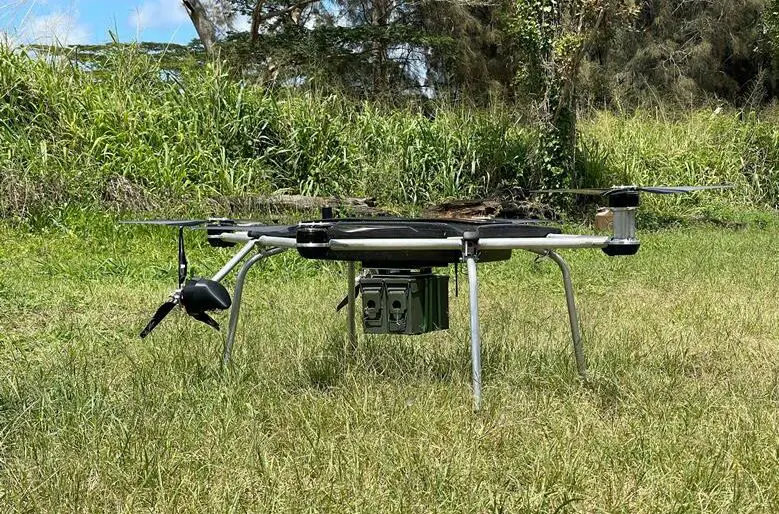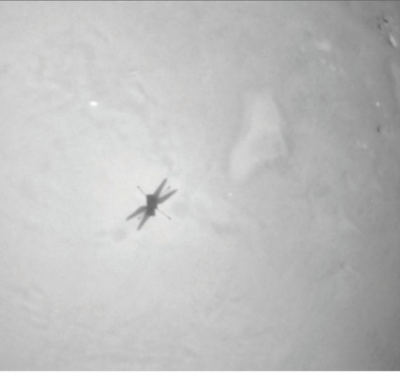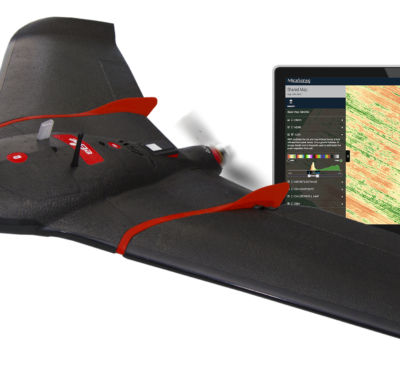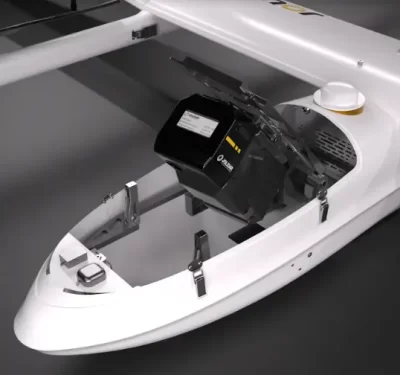Soaring has successfully completed a nighttime autonomous aerial resupply of ammunition during a battalion-level Live Fire Exercise (LFX) with its Gabriel (G1) unmanned aircraft system.

This exercise, conducted with the U.S. Army’s 25th Infantry Division near Schofield Barracks, Hawaii, included 40 tactical drills designed to demonstrate the drone’s capability in resupplying platoons with critical supplies under combat conditions.
During the LFX, Soaring’s G1 system effectively executed three emergency Class V resupply missions, delivering 800 rounds of 7.62mm ammunition to the weapons squad in each operation. The drills were part of a series of situational training exercises in the challenging terrain of the Kahuku Training Area, showcasing the drone’s adaptability and reliability.
Lieutenant Colonel Pete Walther, Battalion Commander of the 25th Infantry Division, emphasized the strategic importance of the technology: “In light of vulnerabilities exposed by recent conflicts, such as those in Ukraine, it is imperative that we develop reliable, autonomous systems for tactical resupply that minimize risk to human lives. The G1 system’s successful deployment marks a significant advancement in our operational capabilities, especially pertinent in the Pacific theater.”
The G1, notable for its vertical takeoff and landing (VTOL) capabilities, offers a flexible solution to the longstanding challenge of battlefield logistics. Capable of carrying substantial payloads directly from the Battalion’s Combat Trains Command Post to front-line units, the drone ensures rapid delivery of essential resources like food and ammunition, enhancing the operational efficiency and safety of military personnel.
Daniel Trunfio, CEO of Soaring, reflected on the successful operation: “The G1 has not only met but exceeded expectations in a series of complex, real-world conditions. Its ability to quickly adapt to changing terrains and weather conditions without compromising on speed or safety underscores its potential to transform tactical resupply operations.”






